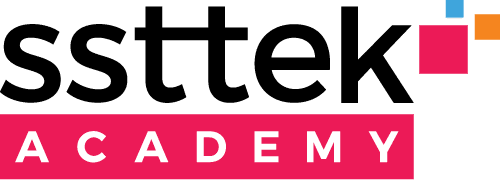A user story is an essential tool in Agile development that captures a software feature’s description from the end-user’s perspective, who will ultimately use that feature. Unlike traditional requirement documentation, user stories are often articulated in the everyday language of the business stakeholder requesting the new capability, rather than in the technical jargon of the development team. This approach ensures that the feature is defined in a way that is meaningful and relevant to the actual user.
User stories typically follow a consistent format, such as;
“As a [type of user], I want to [perform some task] so that [I can achieve some goal].”
This user story structure highlights the user’s role and the business need that the feature aims to address. In addition to the narrative, user stories also include acceptance criteria, which outline the conditions that must be fulfilled for the story to be considered complete. Acceptance criteria may be presented as a list of bullet points, each detailing a specific scenario or input/output combination that must be supported. These criteria provide a clear and unambiguous definition of done, ensuring that the development team understands what is needed to fully implement the story.
By offering a clear description of the desired feature from the user’s perspective, along with the conditions that define its completion, user stories act as a vital link between the business stakeholders requesting new capabilities and the technical team members responsible for implementing them. They foster a shared understanding of the requirement and ensure that the final feature meets the needs and expectations of its intended users.
Difference Between User Story vs Epic
The key distinctions between the terms User Story and Epic are their scope and depth. Essentially, a user story outlines a more focused, smaller function or feature, whereas an epic defines a larger, more comprehensive piece of work. A user story is part of an epic, and an epic needs a number of user stories to be completed. To put it simply, an epic serves as a general outline, while user stories provide specific details within the bigger picture, all of which work together to complete the epic.
